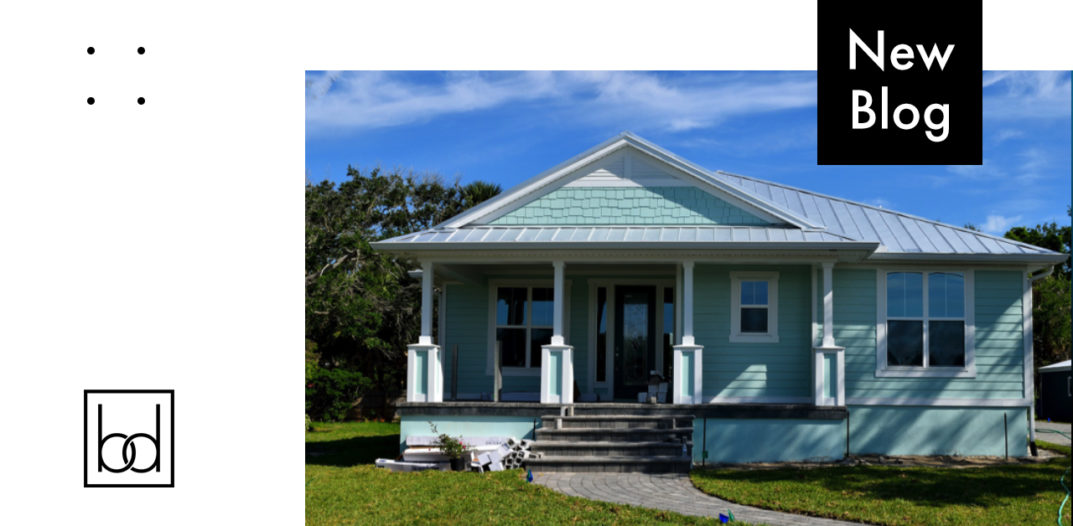
For many seniors, downsizing isn’t just a one-time event — it is an emotional, physical, and mental process that takes time and patience. Many seniors feel overwhelmed, intimidated, or confused by all the choices they have, especially when it comes to letting go of the past and making serious decisions about the future.
A senior’s home, for example, is something that needs attention. Downsizing may be the safest, smartest, and most affordable option; not only do you have to decide where you’re going, but you also have to decide what to do with your current home.
Sell Your Home
Parting with your family home can be emotionally draining, especially if this is the house where you raised children, welcomed grandchildren and celebrated holidays. However, selling your home can also be a great way to get a lump sum you can put into your retirement fund or toward your next residence. For example, it can cost anywhere between $1,500 to $6,195 a month to live at an independent living facility in Atlanta, so do your research to find a senior community that caters to people interested in social interactions and living an active lifestyle. Selling your home could be the easiest way to pay for a high quality independent living facility.
Rent Your Home
Not all seniors who downsize to a smaller place need to sell their family home. Many find that the steady income they earn by renting extends the ROI of their home as a financial investment. You can enjoy extra spending cash, fund a yearly travel adventure, or an emergency fund for unexpected medical costs. Be sure you have enough set aside to keep your tenants in a safe, secure, and happy home. Also, while things will smooth out as you learn more about being a landlord, it will be more hectic in the beginning, so ensure you can handle the workload.
Leave Your Home with Family
Letting a family member move into your home after downsizing can give you peace of mind knowing your home stays in your family. Some seniors are troubled about selling it to strangers. Not only could this option be a great help to a loved one in the middle of a big life change, but it can also be a secure way to keep your home in an investment portfolio. It’s also a reassurance of independence. For example, seniors who choose to move into an assisted living facility to recover from a specific injury or illness can keep their home in the family so they can move back in if they ultimately make a strong recovery.
Modify Your Home
Many seniors choose to age in place, and that comes with making accessibility modifications to create a safe and comfortable environment. While you may be in phenomenal health today, it’s important to recognize that the older you get, the higher the chance that could change. Instead of downsizing, look for ways to emphasize accessibility in your home. For instance, move all the rooms you use upstairs to the downstairs so you don’t have to navigate stairs as often. Also, remember that handrails and non-slip flooring add extra protection in rooms and areas where water can easily get on the floor. And finally, be sure to install ramps over steps.
There are many reasons seniors decide to downsize. Letting go of the burden of stuff during retirement can be freeing and add an extra financial cushion to your retirement income. Regardless of how or why you are downsizing, there will be bittersweet and stressful moments ahead. One of the hardest is also one of the most obvious — what to do with your current home.
– Guest blog provided by Jim Vogel
Photo by Pixabay

